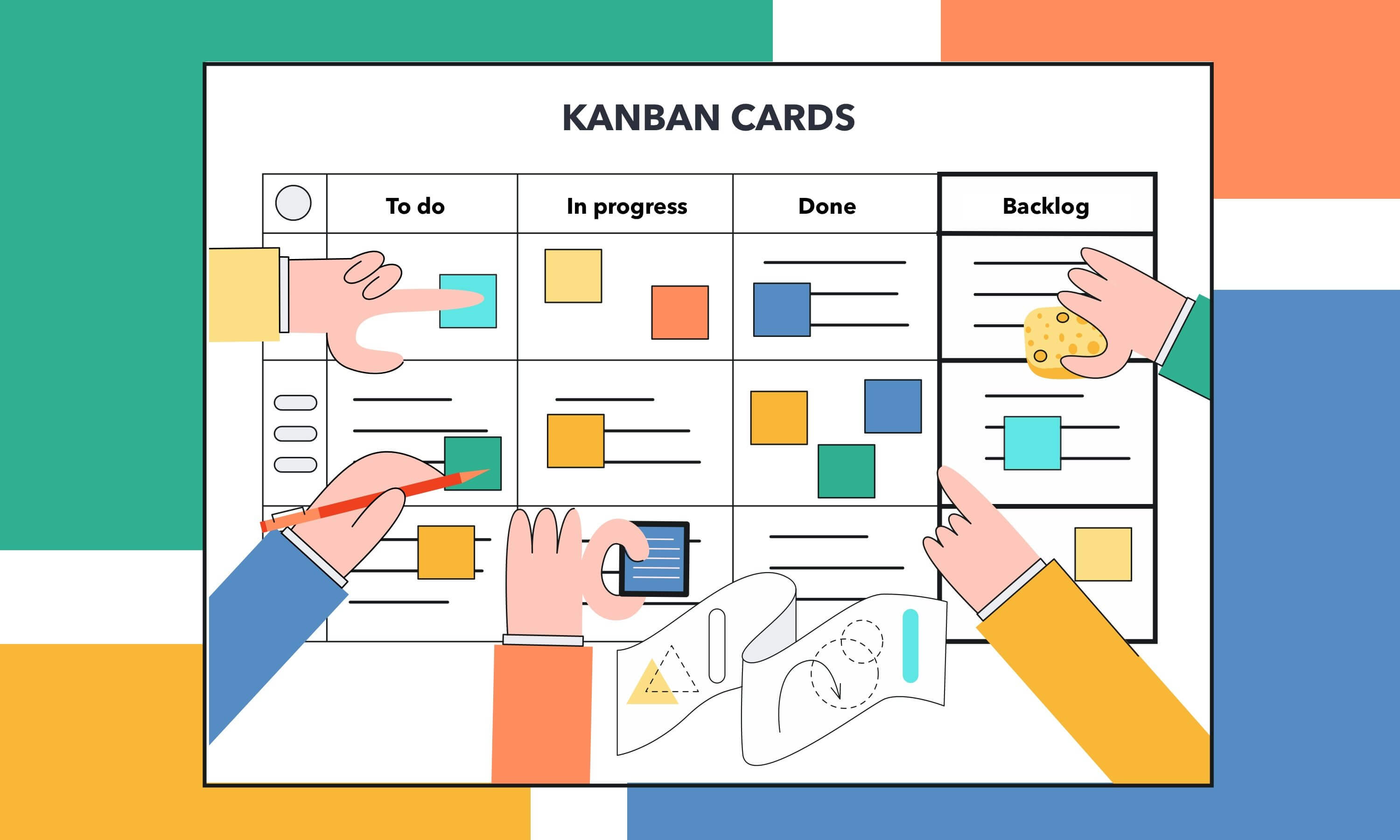Team Motivation in Kanban

Like any other popular software development methodologies, Kanban has a particular approach to software engineering and a particular type of teams. The motivational practices used in this methodology strongly depend on them. In this article we will describe these practices. But before doing that it is necessary to give the proper definition of Kanban and describe the typical structure of its teams.
Kanban originated in Japan in the 1940s. It was invented by the employees of Toyota Corporation. At that time the company had large problems with product delivery, so it needed to improve its manufacturing and supply system. The new project management methodology was called Kanban. It was based on three main principles: visualization of workflow, limitation of work in progress, and iterative structure of projects. At the beginning of 2000s these principles were applied to software development. In this industry Kanban is considered an Agile project management methodology. Its teams usually visualize their work by using special devices called Kanban boards. These physical or digital boards are tables with several columns. They depict the stages of task performance and its progress. Kanban boards also help limiting the amount of work in progress. Usually Kanban teams don’t perform more than two tasks at the same time. Such approach makes Kanban methodology extremely effective. The iterative cycles of Kanban are unlike iterative cycles of other software development methodologies. That can be explained by the fact that in Kanban the lifecycle of one task is considered an iterative cycle. Hence, it does not require additional planning or backlog formulation.
The teams of Kanban developers are also somewhat different from the teams of other software development methodologies. They have no constant structure. A typical Agile team is small and does not include testers, project managers, and analysts. Kanban teams are also small. However, they can include all these roles if it is necessary. The requirements of the project and the customer define all activities of Kanban teams and even their structure. They are aimed at creating high quality software and delivering it within a short amount of time. That is why sometimes they need to have analysts, testers, or project managers. In Kanban anything that impacts the final product positively is considered a good practice.
Now we can describe the types of team motivation in Kanban.
Like in any other methodology, in Kanban financial motivation does matter. That is because of the fact that Kanban developers are high qualified specialists, so they must get competitive salary. Additionally, you can motivate them on various team meetings by praising their achievements. Some software development teams are used to discuss what went wrong in their projects. Such talks are necessary to fix issues and bugs. However, they don’t motivate your team. If you want to make your developers work better – talk about the progress of their work and respect them.



